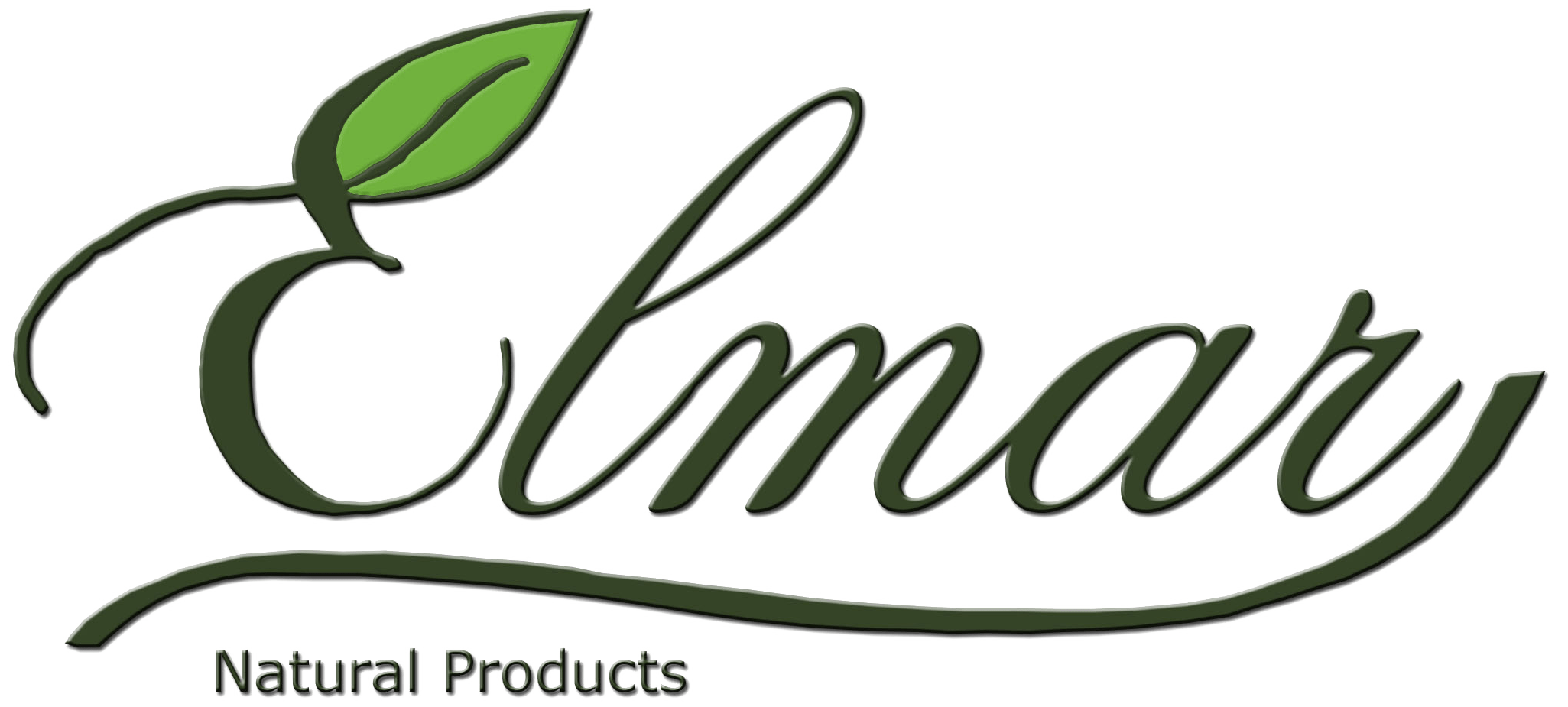Vietnam’s cinnamon products are widely consumed in markets such as the US, EU, China, and India. Especially in 2022, cinnamon products have had a sudden increase in Canada.
DEVELOP CINNAMON IN AN ORGANIC DIRECTION
Vietnam is currently the third-largest producer of cinnamon in the world, after Indonesia and China. The value of Vietnam’s cinnamon and star anise exports has increased over years and in 2022 alone reached about 276 million USD.
However, for sustainable cultivation, production, processing, and export to meet international standards, macro-level planning is required. In Lao Cai, one of the localities with the largest cinnamon area in the country, clean raw materials, and organic production areas are gradually being formed to improve product value.
The “Eco Farmers” certificate is renewed annually as a passport and also demonstrates a safe method of forestry production. Instead of spraying pesticides, farmers clean up the weeds manually to create safe products.

Fresh cinnamon barks are dried before processing for export.
Among more than 50,000 ha of cinnamon, Lao Cai currently has about 3,600 ha of organic cinnamon certified, concentrated in Van Ban and Bac Ha districts. Organic cinnamon farming has helped farmers earn higher incomes and also created opportunities to reach out to the world.
“We have been importing cinnamon from Vietnam for a long time. Now having an opportunity to observe directly and evaluate the cinnamon products of some cooperatives, we have made our own request for them to produce for the company, ”said Mr. Pankaj Motiani, Krystal Impex Company of India.
With many mechanisms to attract businesses, Lao Cai has 16 facilities processing essential oils and cinnamon products. The increase in the area of organic cinnamon certificated and the stable operation of processing enterprises will contribute to building a chain of key crop production sustainably in the coming time.
“By developing sustainably towards organic farming, we will work with businesses to find new markets, especially difficult markets such as Europe or the US,” said Mr. Trinh Xuan Truong, Chairman of Lao Cai Provincial People’s Committee.
Lao Cai plans to stabilize about 65,000 ha of cinnamon by 2030, of which 1/3 is cultivated in an organic direction. This is a condition for the locality to develop sustainably this medicinal crop.
VIETNAM’S CINNAMON DOMINATES THE MARKET SHARE IN CANADA
According to the General Department of Forestry, the area of cinnamon in Vietnam reaches about 150,000 ha, accounting for 17% of the global cinnamon area.
In addition to Lao Cai, cinnamon is concentrated in Yen Bai and Quang Nam. The annual output of cinnamon bark is estimated at 900,000 – 1.2 million tons.
Vietnam’s cinnamon products are consumed in markets such as the US, EU, China, and India. Especially last year, there was a sudden increase in Canada when it went up by more than 43% compared to the previous year.
Currently, Canada is a country with a high consumption of cinnamon, the import growth rate is up to 17.5% last year.
Thanks to incentives from the CPTPP, Canadian businesses are increasingly interested in and better aware of Vietnamese products and production capacity. With the strong growth as above, Vietnam’scinnamon may account for 50% of the cinnamon market share in Canada in the coming years.
According to experts, star anise and cinnamon are not only spices but also used a lot in the food, pharmaceutical, and cosmetic industries, or added to coffee, matcha, and other beverages.
In particular, the demand for cinnamon essential oil in the world is always high when the supply is insufficient. This fact has pushed cinnamon prices higher, especially since 2016.

Dried cinnamon is sorted out before packing for export.
According to data from the General Department of Forestry (Ministry of Agriculture and Rural Development), the export value of Vietnam’s star anise and cinnamon continuously increased. In 2020, it reached more than 245 million USD, then respectively reached about 274 million USD and 276 million USD in 2021 and 2022.
OPPORTUNITY TO INCREASE THE MARKET SHARE OF CINNAMON EXPORTS
The latest analysis shows that, in the next 10 years, the global organic spice market will grow by at least 4.6% per year and reach a total value of 15 billion USD. Regarding the cinnamon market, from now to 2025, the average growth per year will be 14%. This is obviously a great opportunity for Vietnam when cinnamon is a very favorite spice in countries.
However, among 150,000 ha of cinnamon in Vietnam, only a small part is certificated organic. Therefore, the representative of the Vietnam Trade Office in Canada said that to increase the market share as well as the value of cinnamon products, it is necessary to invest more in quality, processing, and expanding the market, instead of just focusing on raw exports as at present.
“Canadians increasingly use cinnamon in cuisine and health care. Especially after the COVID-19 pandemic, many studies have shown the effectiveness of cinnamon in boosting immunity. The CPTPP has brought a tariff advantage that helps us pass competitors such as Indonesia and India. To increase market share and export turnover, the Vietnam Star Anise and Cinnamon Association needs a strategy to build geographical indications for Vietnam’s Cassia cinnamon. It aims to promote and affirm the advantage of Cassia cinnamon compared to Ceylon cinnamon of South Asia. In addition, businesses need to coordinate with other sectors to increase the value of deep processing and add new products such as honey from cinnamon flowers, cinnamon essential oil scented candles”, said Mrs. Tran Thu Quynh, Trade Counselor, Head of Vietnam Trade Office in Canada./.
